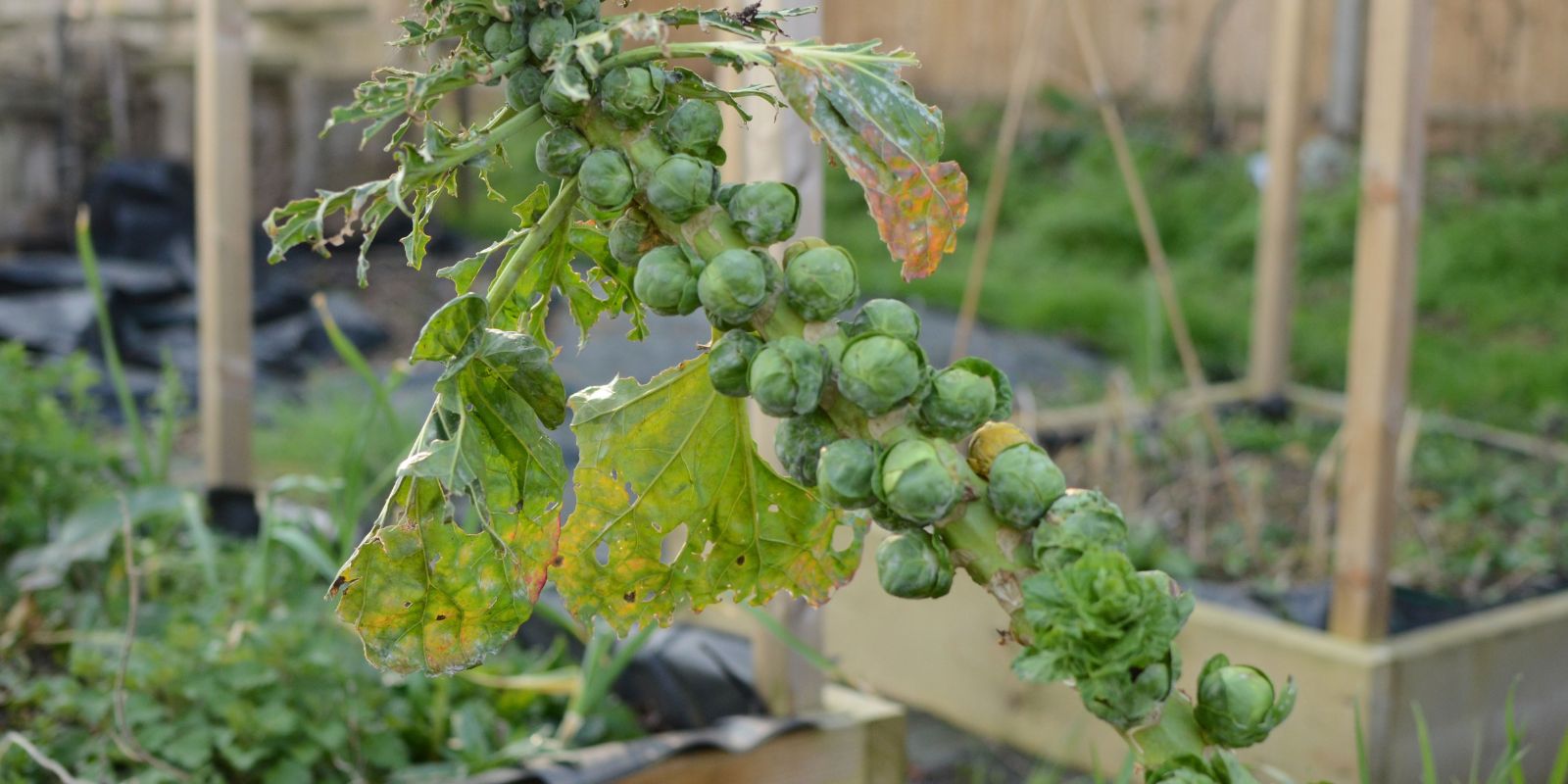Introduction
Brussels sprouts, often referred to as miniature cabbages, are a powerhouse of nutrients and a versatile ingredient in many recipes. Growing these delicious and healthy vegetables at home can be both rewarding and economical. With a little effort and care, you can cultivate a thriving crop of Brussels sprouts right in your garden or even in containers. This guide will walk you through everything you need to know about growing Brussels sprouts at home.
Understanding Brussels Sprouts
Brussels sprouts belong to the brassica family, which includes cabbage, kale, and broccoli. These plants thrive in cooler climates, making them an excellent crop for spring and fall planting. Each plant grows tall stalks adorned with small, tightly packed sprouts that are ready to harvest within a few months of planting.
1. Choosing the Right Variety
Brussels sprouts come in a variety of types, and selecting the right one is crucial for success.
- ‘Long Island Improved’: A popular heirloom variety with a long growing season.
- ‘Jade Cross’: A hybrid known for its compact size and resistance to disease.
- ‘Catskill’: Ideal for larger sprouts and a longer harvest period.
Choose a variety that matches your climate and available growing space.
2. When and Where to Plant
Brussels sprouts are a cool-weather crop and perform best in temperatures between 45°F and 75°F.
- Planting Time:
- For a fall harvest, sow seeds in midsummer.
- For a spring harvest, start seeds indoors 6–8 weeks before the last frost date.
- Sunlight:
- Choose a location that gets at least 6–8 hours of direct sunlight daily.
- Soil Requirements:
- Use well-draining soil with a pH between 6.0 and 7.5. Add plenty of compost or organic matter for nutrient-rich soil.
3. Preparing the Soil
Healthy soil is the foundation for a productive Brussels sprout crop.
- Test the Soil: Test the pH and nutrient levels to ensure optimal growing conditions.
- Amend the Soil: Add aged compost or well-rotted manure to improve fertility.
- Drainage: Ensure the soil drains well to avoid root rot.
4. Planting Seeds or Seedlings
- Sowing Seeds:
- Sow seeds ½ inch deep and 2 inches apart in seed trays or directly in the garden.
- Once seedlings develop two true leaves, thin them to 18–24 inches apart.
- Transplanting:
- When seedlings are 4–6 weeks old and the outdoor temperature is stable, transplant them into the garden.
5. Providing Proper Care
Watering
- Keep the soil consistently moist but not soggy.
- Water deeply once or twice a week, depending on weather conditions.
Fertilizing
- Use a balanced fertilizer (e.g., 10-10-10) every 3–4 weeks to support growth.
- Side-dress with compost or organic fertilizer during the growing season.
Mulching
- Apply a layer of mulch around the plants to retain moisture, suppress weeds, and regulate soil temperature.
Supporting Plants
- As the stalks grow taller, they may require staking to prevent them from toppling over.
6. Managing Pests and Diseases
Common Pests
- Aphids: Small, sap-sucking insects that can weaken plants. Use insecticidal soap or neem oil.
- Cabbage Worms: Green larvae that chew holes in leaves. Handpick or use Bacillus thuringiensis (BT) for control.
- Flea Beetles: Tiny black beetles that create small holes in leaves. Apply diatomaceous earth or row covers.
Diseases
- Clubroot: Caused by soilborne fungi. Rotate crops and use resistant varieties.
- Black Rot: Bacterial infection that causes yellowing leaves. Remove infected plants immediately.
7. Harvesting Brussels Sprouts
Brussels sprouts are ready to harvest when the sprouts are firm and 1–2 inches in diameter.
- When to Harvest: Start picking from the bottom of the stalk and work your way up.
- How to Harvest: Twist or cut the sprouts off the stalk.
- Storing Sprouts: Store harvested sprouts in the refrigerator for up to a week or blanch and freeze them for longer storage.
8. Growing Brussels Sprouts in Containers
If you don’t have a garden, you can still grow Brussels sprouts in containers.
- Choose the Right Pot: Use a container at least 12 inches deep with drainage holes.
- Soil Mix: Fill with a nutrient-rich potting mix.
- Care Tips: Place the container in a sunny spot and water regularly.
9. Crop Rotation and Companion Planting
To keep your garden healthy, practice crop rotation and companion planting.
- Crop Rotation: Avoid planting Brussels sprouts in the same spot as other brassicas for at least three years.
- Companion Plants: Grow onions, garlic, or dill nearby to deter pests.
10. Troubleshooting Common Issues
- Slow Growth: Check for nutrient deficiencies or pests.
- Yellow Leaves: Overwatering or nitrogen deficiency may be the cause.
- Small Sprouts: Ensure adequate spacing and consistent care.
Conclusion
Growing Brussels sprouts at home is a fulfilling gardening project that rewards you with fresh, delicious vegetables. With the right care, you’ll enjoy a bountiful harvest and the satisfaction of cultivating your food.
💬 Share your tips and experiences growing Brussels sprouts below! Let’s inspire each other to grow more.
#GrowYourOwnFood #BrusselsSprouts #HomeGardening #VegetableGarden #GardeningTips

